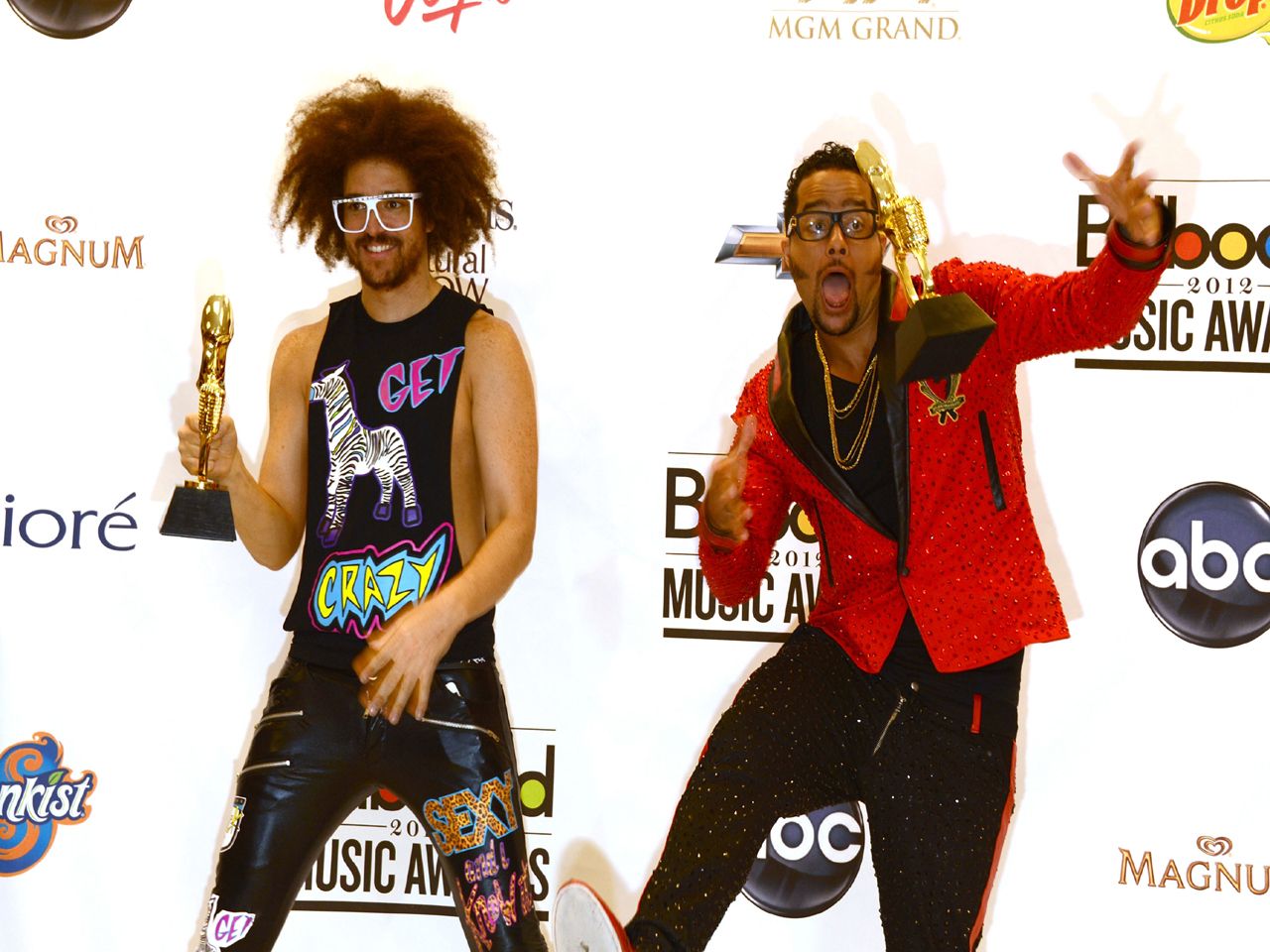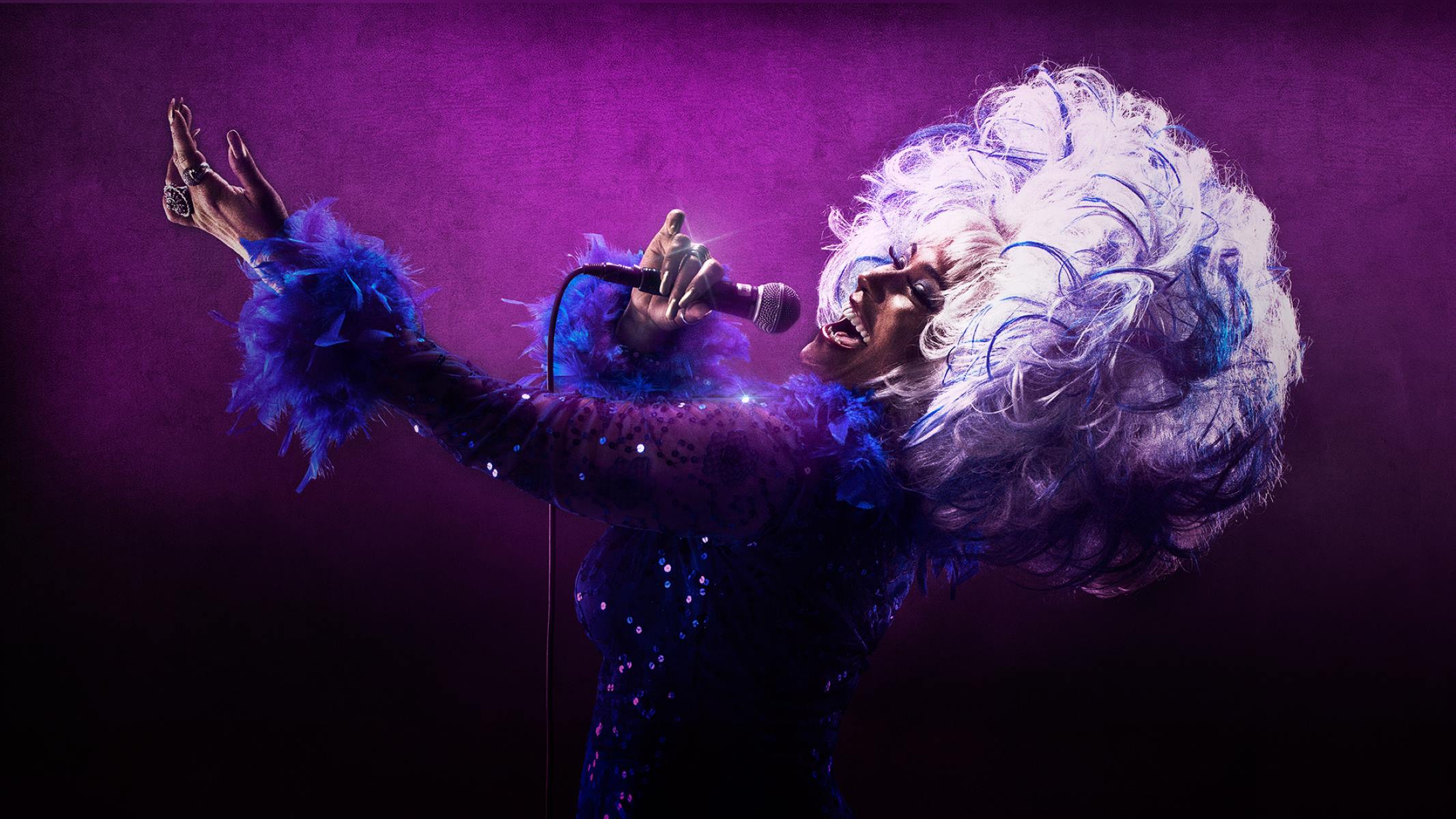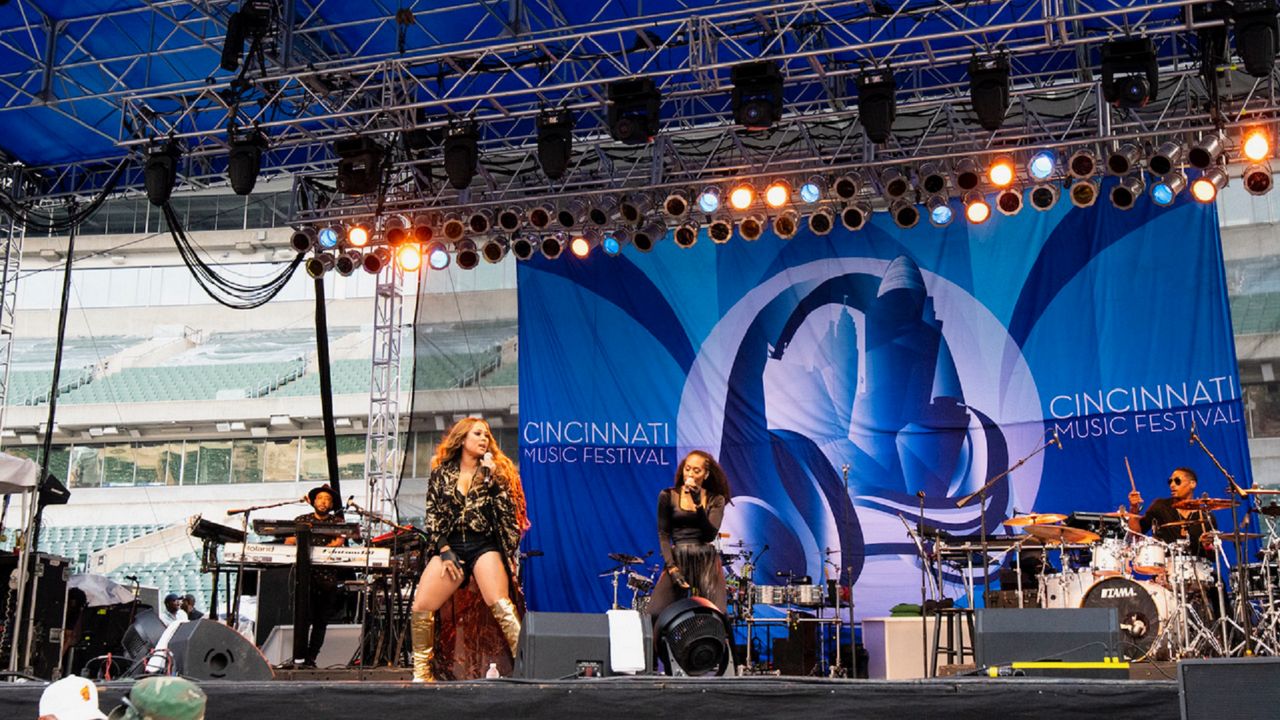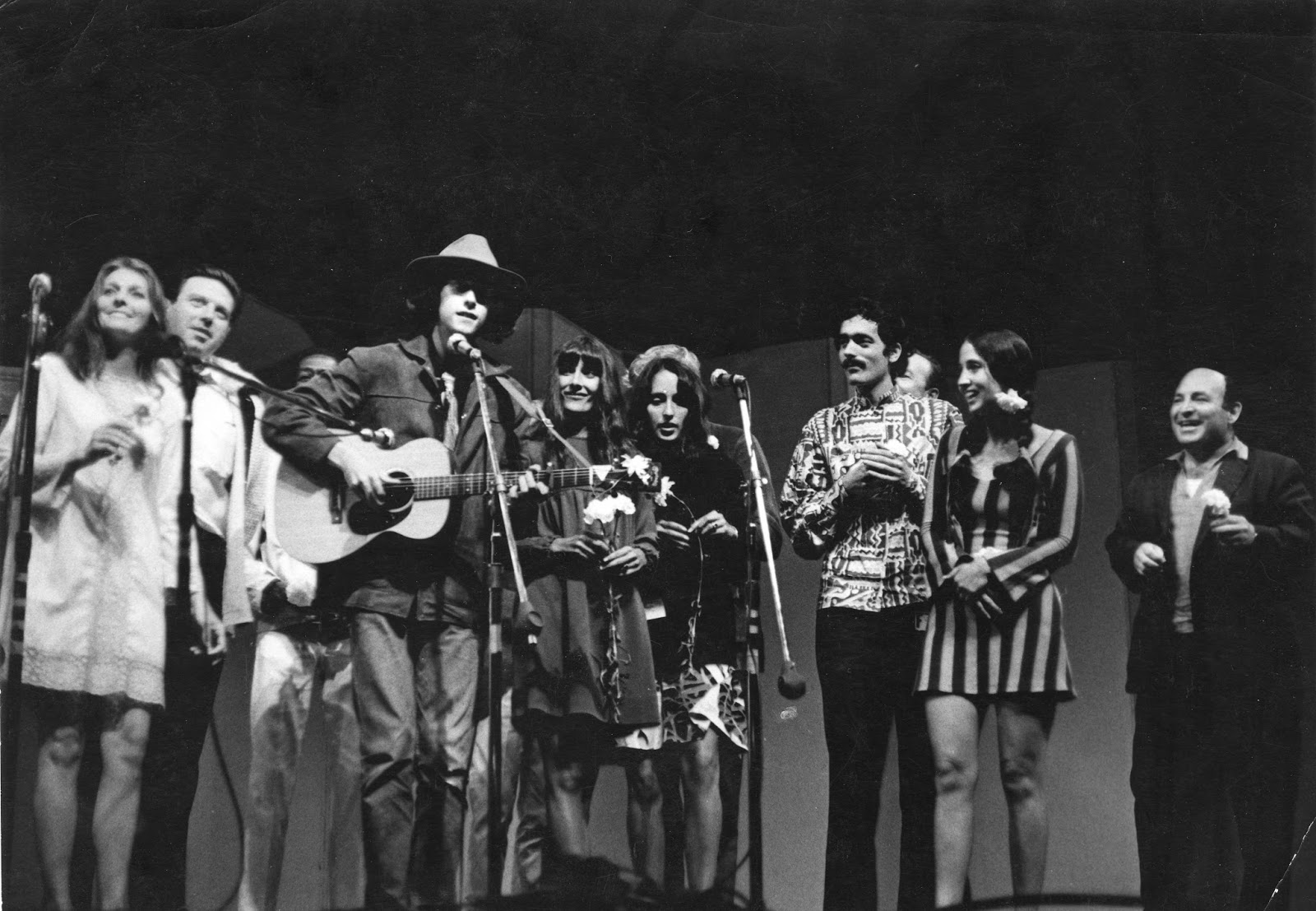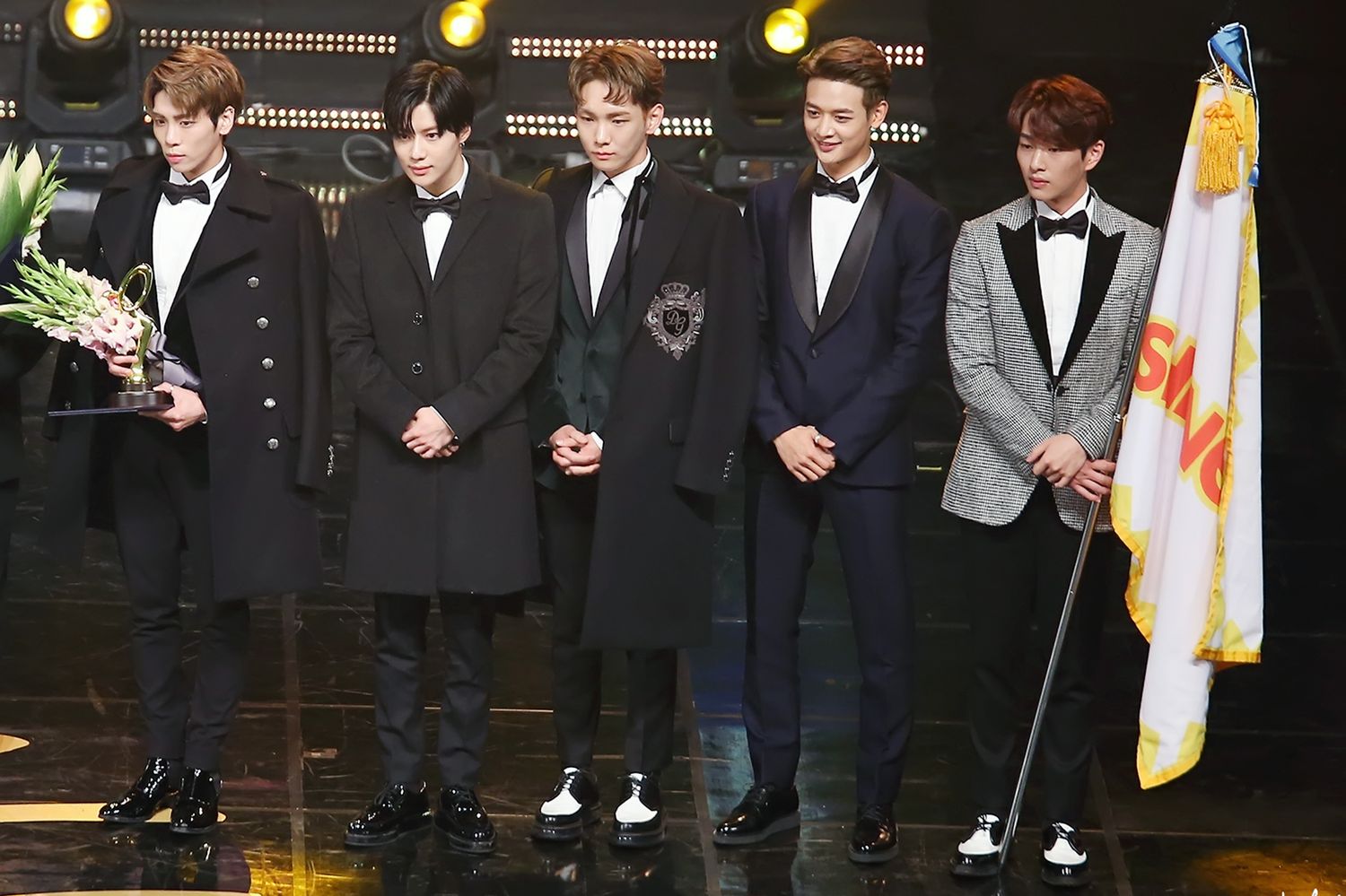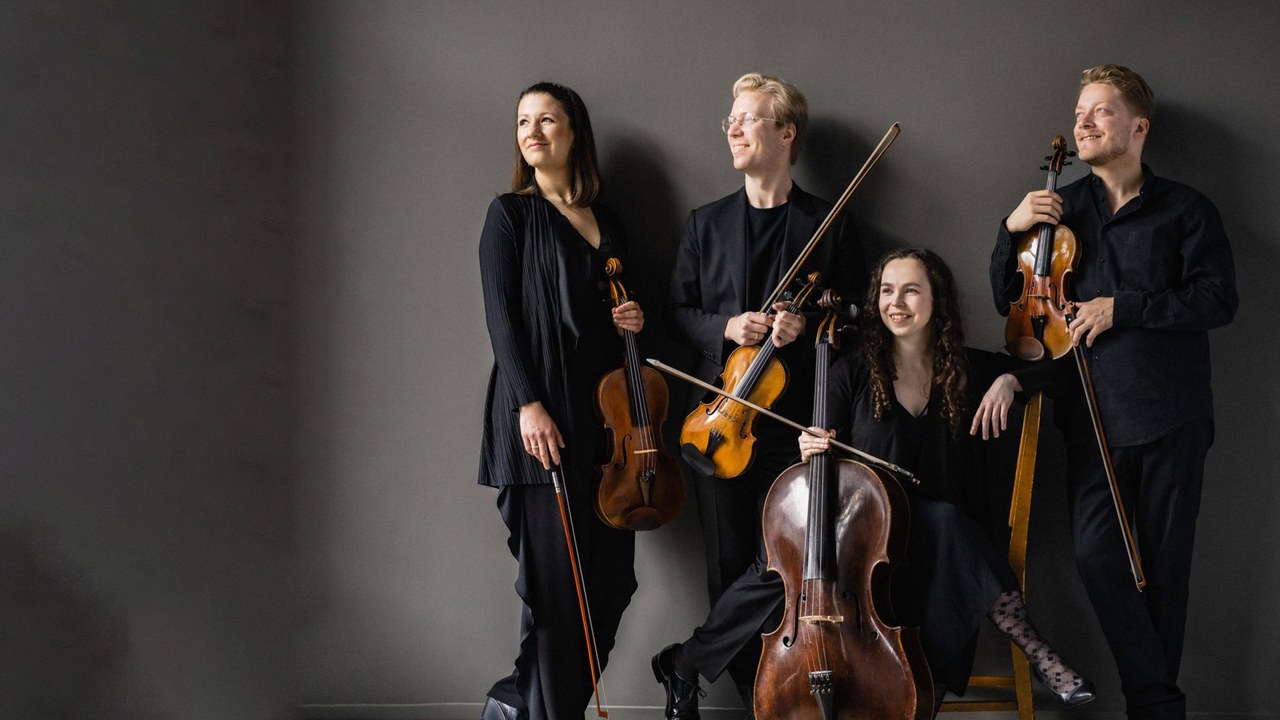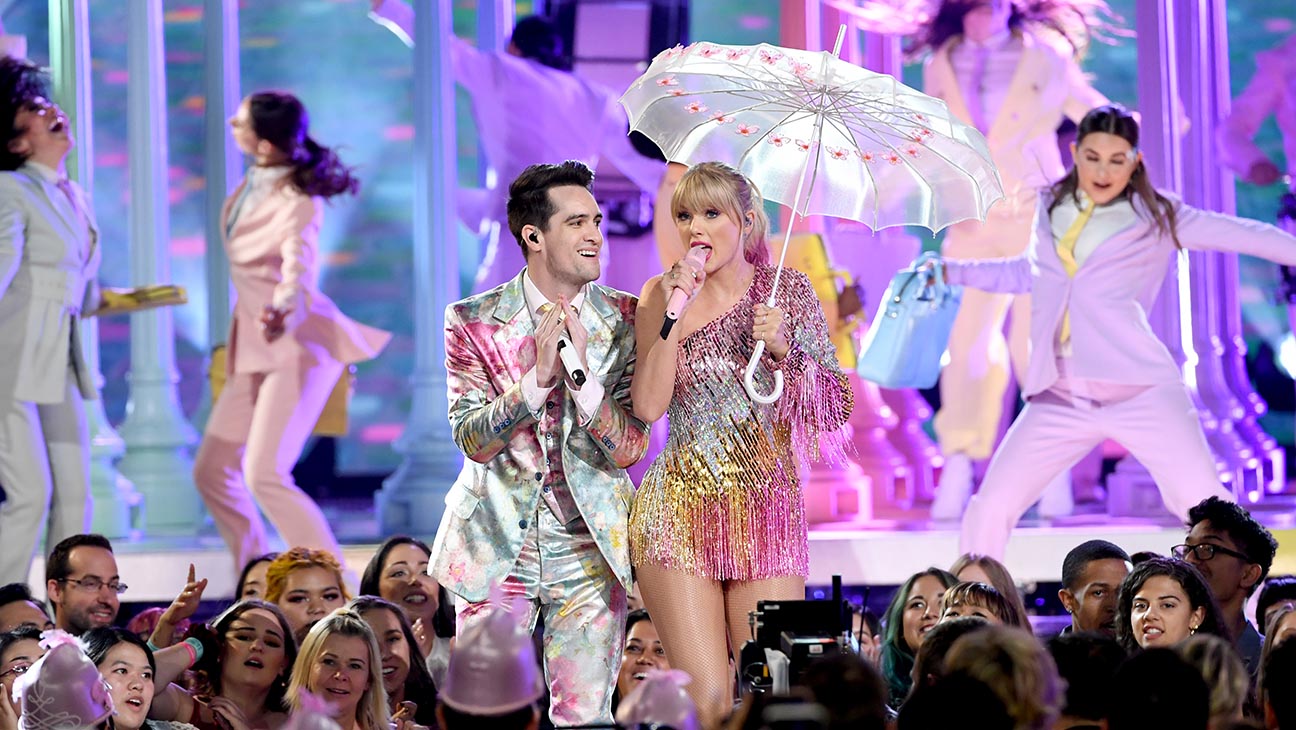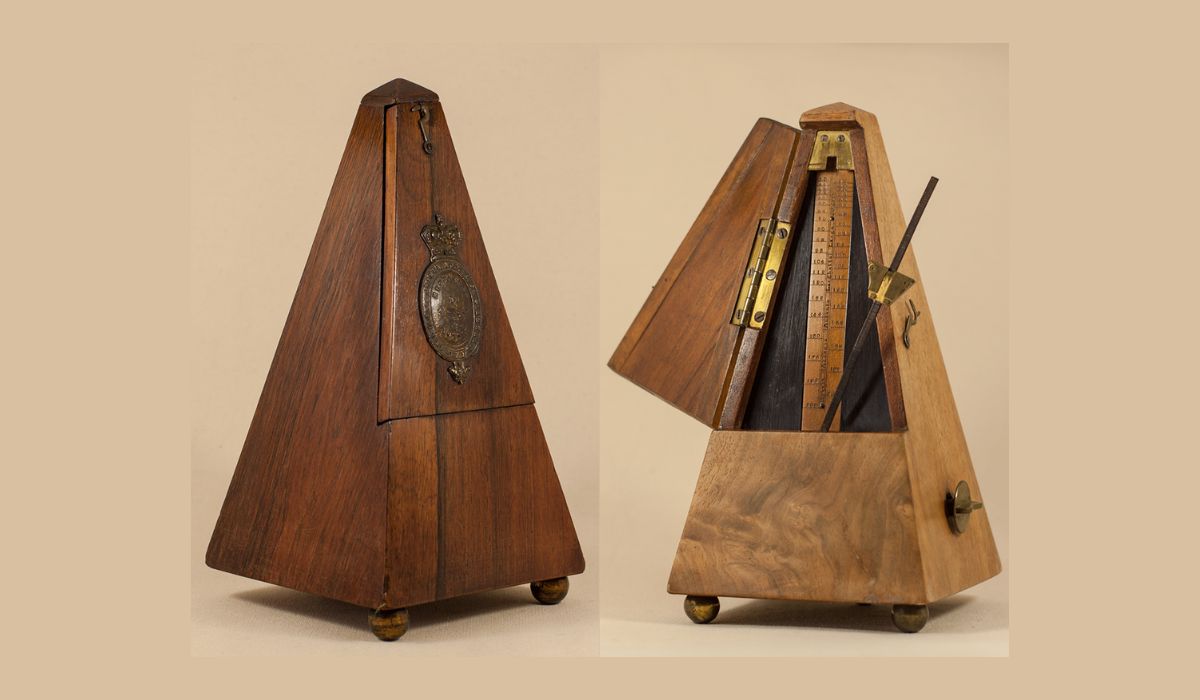Home>Events & Info>Festival>Who Was The First To Perform At The 1969 Woodstock Music Festival?
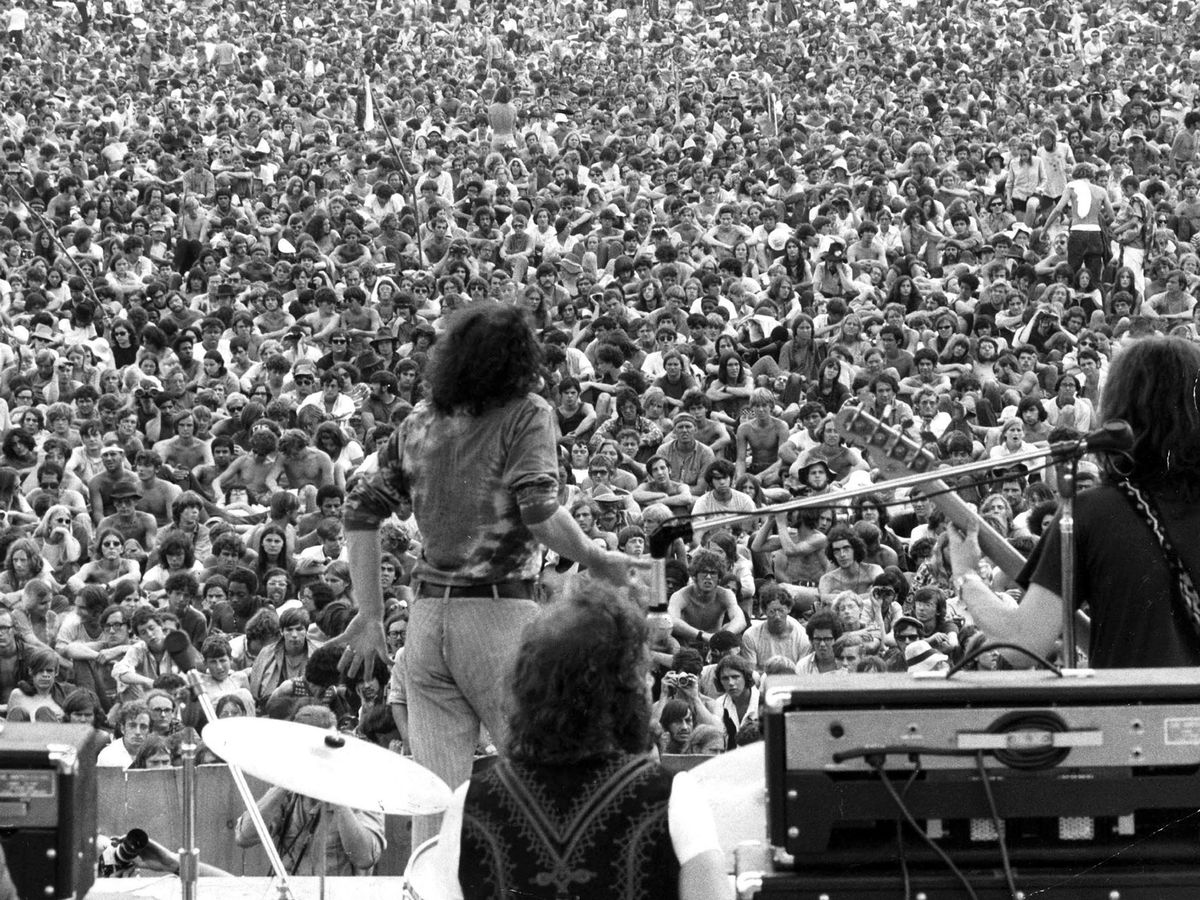

Festival
Who Was The First To Perform At The 1969 Woodstock Music Festival?
Modified: February 15, 2024
Discover who was the first performer at the iconic 1969 Woodstock Music Festival, an unforgettable moment in festival history!
(Many of the links in this article redirect to a specific reviewed product. Your purchase of these products through affiliate links helps to generate commission for AudioLover.com, at no extra cost. Learn more)
Table of Contents
Introduction
The Woodstock Music Festival, held in the summer of 1969, is often regarded as one of the most iconic and pivotal moments in music history. This three-day festival, which took place in Bethel, New York, not only showcased some of the greatest musical talents of the time but also became a symbol of the countercultural movement and a celebration of peace and love.
Woodstock, more than just a music festival, was a cultural phenomenon that brought together hundreds of thousands of people from different walks of life. It was a convergence of music, art, and a shared desire for social change. The festival served as a platform for artists to express their creativity freely, while the audience immersed themselves in the atmosphere of camaraderie and unity.
Over four decades later, Woodstock continues to captivate the world with its enduring legacy. The festival has inspired subsequent generations of musicians and festival-goers, and its influence can still be felt in today’s music scene. In this article, we will delve into the origins of the Woodstock Music Festival, explore its lineup and performances, and unveil the first performer who took the stage at this historic event.
The Origins of Woodstock Music Festival
The Woodstock Music Festival was the brainchild of four young entrepreneurs: Michael Lang, John Roberts, Joel Rosenman, and Artie Kornfeld. The idea for the festival came about when Lang and Rosenman, both involved in the music industry, wanted to create a large-scale music event in order to fund a recording studio they were planning to build. Their initial choice of venue was Wallkill, New York, but after running into various issues, they were forced to seek an alternative location.
The search eventually led them to Yasgur’s Farm, a dairy farm owned by Max Yasgur in Bethel, New York. Despite facing opposition from local authorities and encountering logistical challenges, the organizers decided to move forward with the festival at this site. The date was set for August 15-17, 1969.
Word of the festival spread rapidly, fueled by the era’s vibrant countercultural movement and the emergence of the hippie movement. As the festival gained momentum, it began to take on a deeper meaning. It became a symbol of youth rebellion, peace, and social change. People from all walks of life were drawn to the event, from college students and activists to families and music enthusiasts.
With its focus on peace and love, Woodstock represented a stark contrast to the turbulent times that the nation was facing. The Vietnam War, civil rights struggles, and political unrest dominated the headlines, making the festival a beacon of hope and unity.
As the festival approached, the organizers faced numerous challenges, including permit issues, traffic concerns, and the sheer magnitude of accommodating hundreds of thousands of attendees. However, despite the obstacles, Lang and his team persevered, striving to create an event that would transcend the boundaries of traditional music festivals.
The stage was set for Woodstock to make its mark as a monumental moment in music history, a cultural phenomenon that would etch its name in the annals of time.
The Lineup and Performances at Woodstock
The lineup for the Woodstock Music Festival featured a diverse array of artists representing various genres, ranging from rock and folk to blues and soul. The organizers aimed to create a lineup that would appeal to a wide audience and showcase both established performers and up-and-coming talent.
Despite some last-minute changes and cancellations, the final lineup for Woodstock was nothing short of spectacular. Over three days, more than 30 acts took the stage, delivering electrifying performances that would go down in history.
One of the standout performances at Woodstock was by Jimi Hendrix, whose iconic rendition of “The Star-Spangled Banner” on his electric guitar is still talked about today. Other notable artists who left an indelible mark on the festival include Janis Joplin, The Who, Santana, Jefferson Airplane, Creedence Clearwater Revival, and Crosby, Stills, Nash & Young.
These legendary musicians, along with many others, mesmerized the massive crowd with their energy, talent, and thought-provoking lyrics. Their performances transcended the boundaries of mere entertainment, embodying the spirit of Woodstock and symbolizing the hope for a better and more peaceful world.
What made the performances at Woodstock truly special was the connection between the artists and the audience. The festival-goers, numbering around 400,000, were fully immersed in the music, creating an atmosphere of unity and shared experience. The sense of community that pervaded the air was truly remarkable.
Woodstock also provided a platform for lesser-known artists to showcase their talents. Emerging acts such as Carlos Santana, Melanie, and Ten Years After were given the opportunity to shine on a global stage, catapulting their careers and leaving a lasting impact on the music industry.
The performances at Woodstock were not just about the music; they represented a cultural revolution, a rallying cry for peace, and a celebration of freedom of expression. The artists who graced the stage at Woodstock became part of a larger movement, using their music as a vehicle for social change.
As the festival came to a close, the performances lingered in the hearts and minds of those who were fortunate enough to witness them. Woodstock had created a musical experience like no other, forever etching itself in the annals of music and cultural history.
The First Performer at the 1969 Woodstock Music Festival
As the morning of August 15, 1969, dawned upon Yasgur’s Farm, anticipation and excitement filled the air. The crowd, spanning hundreds of thousands of music enthusiasts, eagerly awaited the start of the Woodstock Music Festival. The stage was set for a historic event that would forever change the landscape of music. But who was the first performer to take the stage at this legendary festival?
The honor of being the inaugural act fell upon Richie Havens, an American folk singer-songwriter. Havens, known for his soulful voice and captivating stage presence, was not originally scheduled to be the opening act. However, due to unexpected delays caused by traffic and logistical issues, the festival organizers asked Havens to take the stage and calm the restless crowd.
With only a moment’s notice, Havens stepped up to the challenge and took his place on the makeshift stage. Armed with his acoustic guitar and a powerful voice, he began his set shortly after 5:00 pm on that historic Friday afternoon.
Havens’ performance at Woodstock would become legendary. He opened his set with the song “High Flying Bird,” captivating the audience with his passionate delivery. As he continued to play his soul-stirring songs, a sense of tranquility washed over the crowd, setting the tone for the rest of the festival.
As the hours stretched on, Havens improvised and extended his songs, as he was asked to play for an extended period of time due to ongoing delays with other performers. In a moment that has become etched in Woodstock history, he performed an impromptu rendition of “Freedom,” a powerful and stirring anthem that resonated with the ideals of the festival.
Richie Havens’ performance not only mesmerized the crowd but also set the stage for the transformative experience that Woodstock would become. His soulful and heartfelt music, combined with his message of love and unity, encapsulated the spirit of the festival.
Although Havens set the bar high as the first performer at Woodstock, he was just the beginning of a remarkable lineup that would unfold over the next three days. As the festival progressed, more iconic musicians took to the stage, leaving an indelible mark on both music history and the collective memory of those who attended.
Richie Havens’ performance at the 1969 Woodstock Music Festival will always be remembered as the opening act of a cultural phenomenon. His soulful and impassioned performance set the stage for a weekend that would forever be etched in the annals of music history.
Conclusion
The Woodstock Music Festival of 1969 remains an unparalleled cultural milestone in the history of music. It brought together a diverse crowd of music lovers who embraced the spirit of peace, love, and unity. The festival served as a platform for legendary performers to showcase their talent and convey messages of social awareness and change. From Richie Havens’ soulful opening to Jimi Hendrix’s iconic rendition of the national anthem, the performances at Woodstock continue to inspire and captivate audiences.
Woodstock was more than just a music festival; it was a cultural revolution that reflected the vibrant countercultural movement of the era. It embodied the spirit of the times, with its emphasis on harmony, communal living, and the pursuit of social justice. The festival showcased the power of music to transcend boundaries and bring people together.
The legacy of Woodstock extends far beyond the three days of peace and music on Yasgur’s Farm. It has influenced subsequent music festivals, shaping the way we experience live performances. Woodstock’s impact can be felt in the celebration of diverse genres, the emphasis on community and social consciousness, and the belief that music can be a catalyst for change.
As we reflect on the first performer at the 1969 Woodstock Music Festival, Richie Havens, we recognize his pivotal role in setting the tone for the historic event. His heartfelt and impassioned performance captured the essence of Woodstock and laid the foundation for the transformative experiences that followed.
Woodstock continues to ignite imaginations and spark conversations about the power of music, the importance of unity, and the pursuit of a better world. It remains a symbol of hope and inspiration, reminding us of the enduring impact that art and music can have on society.
So let us remember Woodstock, a festival that not only left an indelible mark on music history but also embodied the ideals of a generation. Its spirit lives on, reminding us of the beauty and power of music to bring people together and create positive change.

